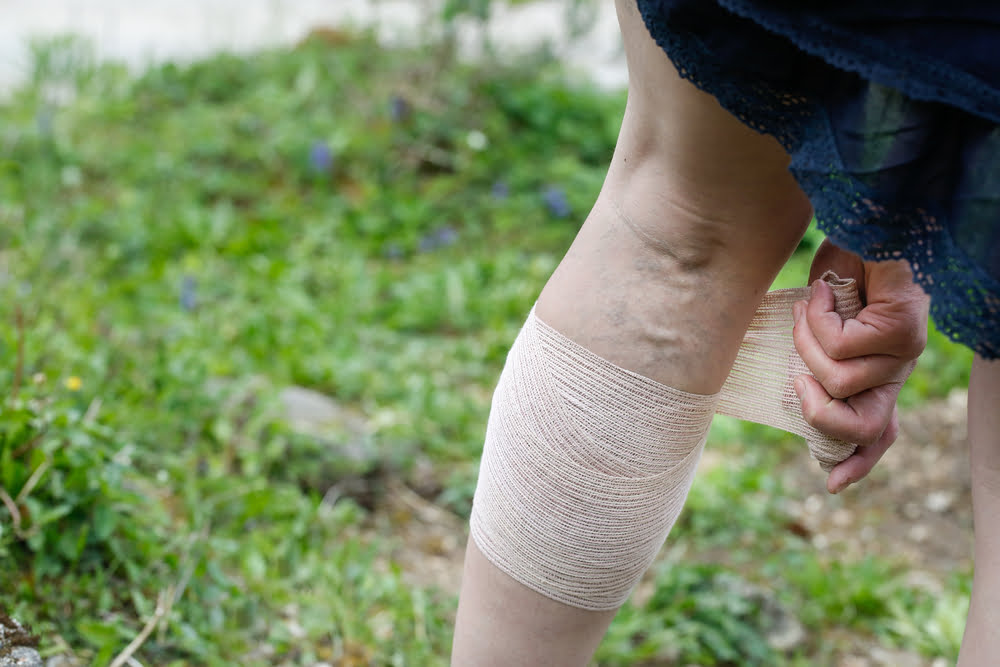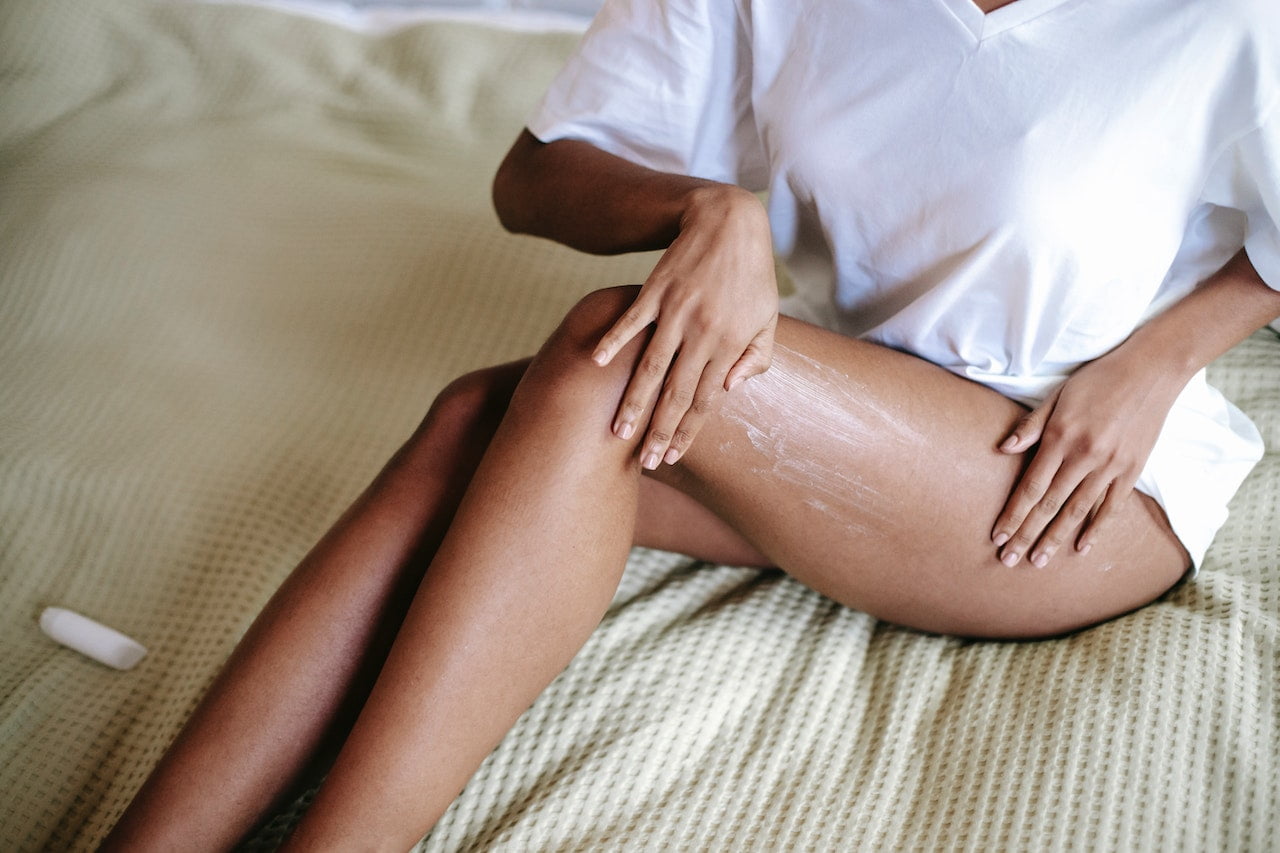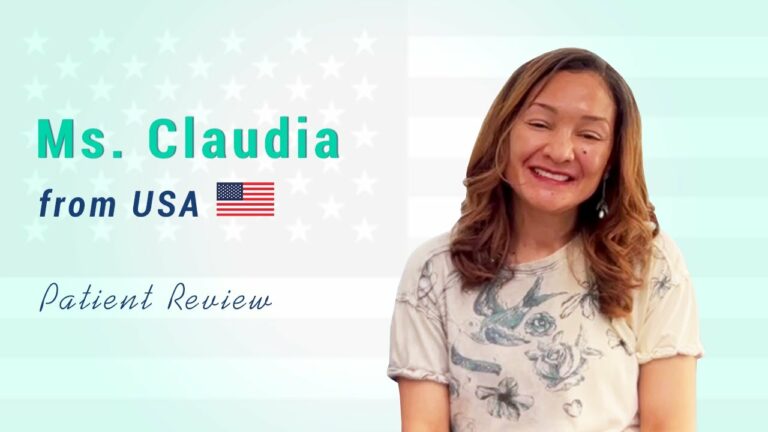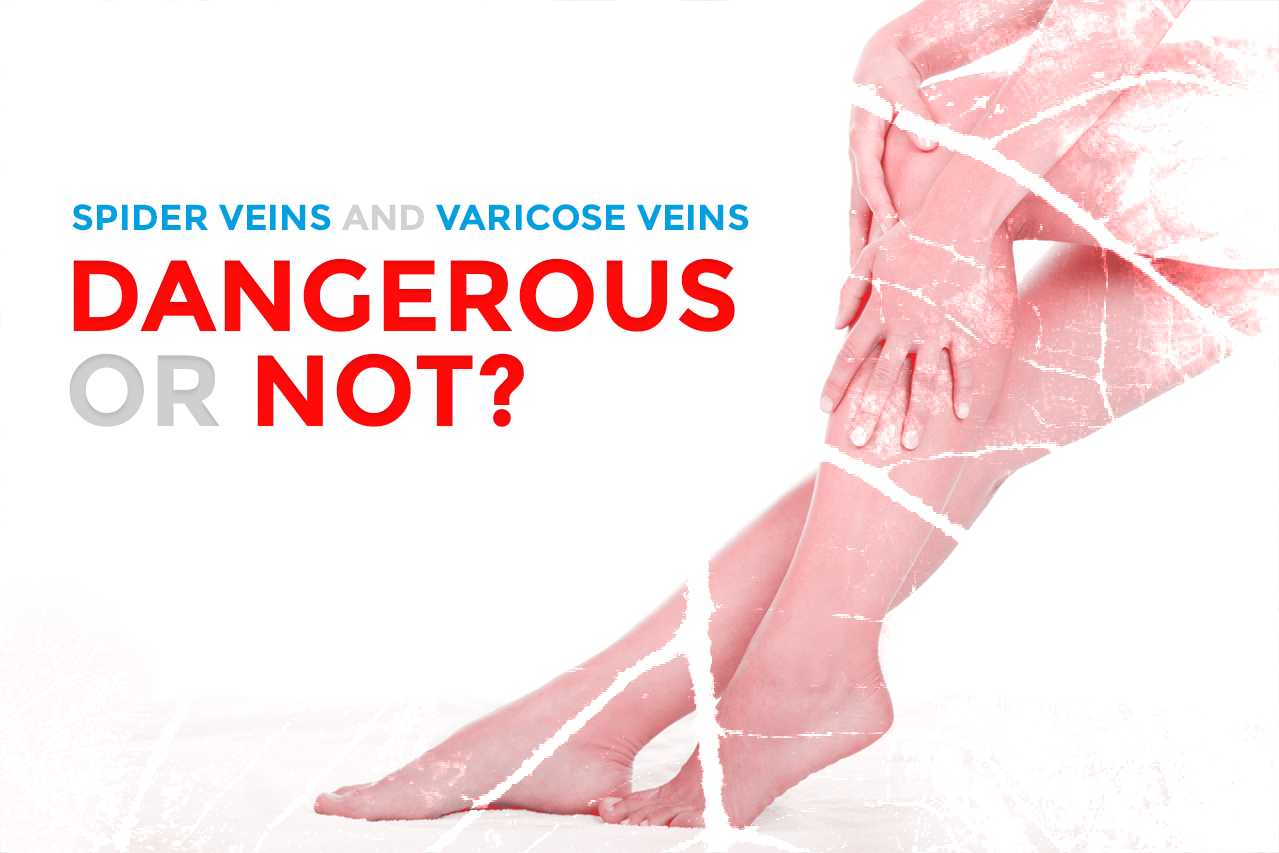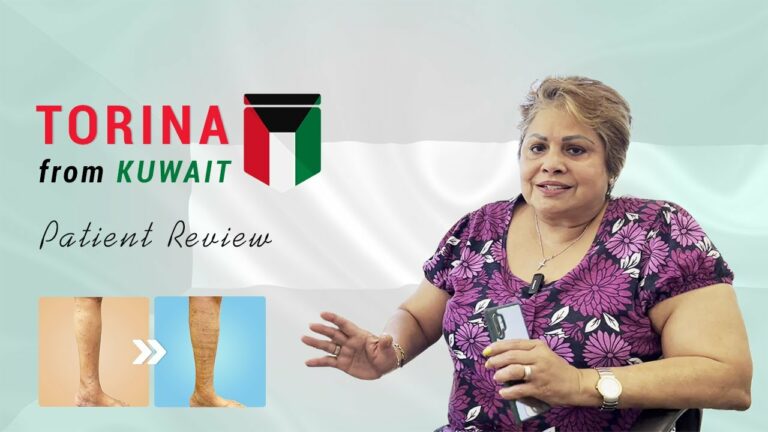Identifying the Risk Factors Varicose Veins
Risk Factors Varicose Veins :
Explore the various factors that contribute to the development of varicose veins and how to identify them.
Understanding Varicose Veins
Varicose veins are enlarged, swollen veins that usually appear blue or dark purple on the legs. They are a common condition that affects many people, particularly women. Understanding the causes of varicose veins can help in identifying the risk factors associated with their development.
Varicose veins occur when the valves in the veins are not functioning properly. Normally, these valves prevent blood from flowing backward, but when they become weak or damaged, blood can pool in the veins, causing them to become enlarged and twisted. This condition is more common in the legs and feet, as standing and walking increase the pressure in the veins of the lower body.
While varicose veins can be a cosmetic concern, they can also cause symptoms such as pain, swelling, and aching. In some cases, they can lead to more serious complications, such as blood clots or ulcers. Therefore, it is important to understand the risk factors that contribute to their development.
Genetic Predisposition
One of the major risk factors for varicose veins is a genetic predisposition. If you have a family history of varicose veins, you are more likely to develop them yourself. This is because the weakness in the vein walls and valves that causes varicose veins can be inherited.
If your parents or siblings have varicose veins, it is important to be aware of this risk factor and take steps to prevent or manage the condition. While you cannot change your genetic makeup, there are lifestyle choices and interventions that can help reduce the risk or alleviate the symptoms of varicose veins.
Lifestyle Choices
Certain lifestyle choices can increase the risk of developing varicose veins. One of the main factors is being overweight or obese. Excess weight puts additional pressure on the veins, making it harder for the blood to flow properly and increasing the likelihood of valve damage.
Additionally, leading a sedentary lifestyle can contribute to the development of varicose veins. Sitting or standing for long periods without movement can lead to blood pooling in the veins. Regular exercise and movement can help improve circulation and reduce the risk of varicose veins.
Other lifestyle factors that may increase the risk include smoking, wearing tight clothing or high heels, and prolonged exposure to heat. It is important to be mindful of these choices and make adjustments to reduce the risk of varicose veins.
Occupational Risks
Certain occupations may increase the risk of developing varicose veins. Jobs that require long periods of standing or sitting can contribute to the development of the condition. Examples include nurses, teachers, factory workers, and office workers.
If your job involves prolonged standing or sitting, it is important to take regular breaks and engage in movements that promote blood circulation. This can help reduce the risk of varicose veins and alleviate any symptoms that may arise.
If your occupation puts you at a higher risk, it is advisable to wear compression stockings or socks, which can help improve blood flow and reduce the likelihood of varicose veins.
Pregnancy and Hormonal Changes
Pregnancy is a common risk factor for varicose veins. During pregnancy, the volume of blood in the body increases to support the growing fetus. This can put additional pressure on the veins and lead to the development of varicose veins.
Hormonal changes that occur during pregnancy can also contribute to the development of varicose veins. The hormone progesterone, which helps relax the walls of the blood vessels to accommodate the growing fetus, can also weaken the vein walls and valves, making them more prone to damage.
If you are pregnant or planning to become pregnant, it is important to be aware of the risk of varicose veins. Maintaining a healthy weight, exercising regularly, and wearing compression stockings can help reduce the risk and alleviate any symptoms that may arise.
Consult Dr. Saurabh Joshi
Vein Center offers VenaSeal treatment for varicose veins and venous leg ulcers. We have 6 centers in Maharashtra. Contact our patient coordinators for more information and book an appointment. Call on 8080866266.
Learn more about our treatments.

